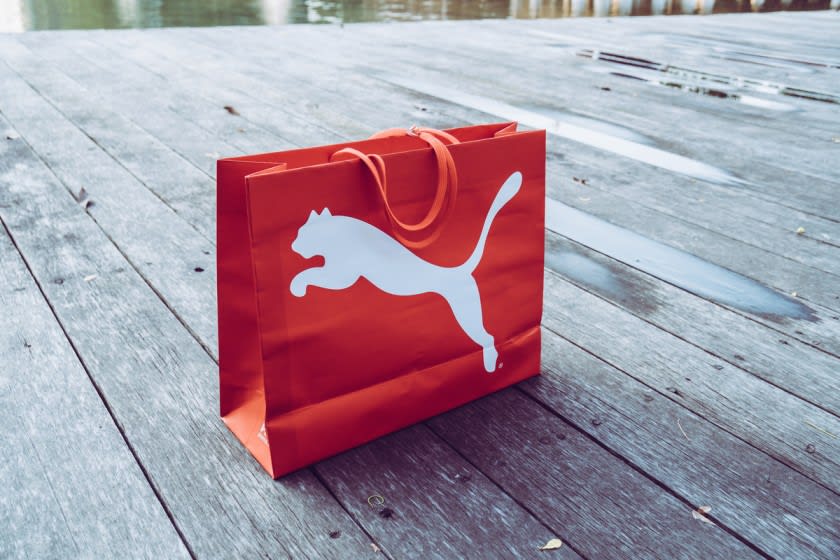Is This the Future of Retail? An Analysis of What Is Driving the Disruptive Change in Retail



Just like every industry, retail has always been dynamic. An increase in regional shopping centres, wholesale retailers, and usage of e-commerce sites are some recent behavioural changes. The rise of at-home shopping with personalised suggestions has ensured a constant war between established brands and upcoming retailers. The use of digital technology has largely driven the seismic changes in the retail industry. Moreover, the use of advanced technologies like AR and VR have helped retailers take online shopping to the next level. For example, brands like Nike, IKEA, L'Oréal, and others offer an elevated experience. Software like Matterport helps brands create digital twins of their shops and offers near-to real-life experiences. The digital twin of a furniture showroom in Ireland is a great example of how people can have a better shopping experience using these tools. Online shopping accounts for around 18% of all retail sales, and 75% of users prefer using 3D virtual stores for the same. Let us look at some factors driving the disruptive change in retail, transforming our lives.
Online Shopping Offers Convenience and Value
Retailers who observe the trend and change the way they sell according to market trends succeed better in the current environment. For example, most online shopping sites track the user’s preferences and previous search history to offer curated lists. The feature helps minimise the time one needs to find apparel or accessories suited to their style. They appeal to busy consumers by offering desired products and acts as a personal stylist in the comfort of their homes. Moreover, physical stores do not stock up on every merchandise and might not offer it in every size/colour. Thus, offering these convenient shopping avenues to customers helps create a seamless process.
Customers Are the Channel
Online retail channels offer choice, a multitude of information and help them bring their vision to reality. Hence, consumers are more important now to succeed in the industry. Creating and executing an excellent, accessible, and harmonised marketing channel is key to a better consumer experience, hence success.
Increased Popularity of Digital Marketing and Social Media Channels
The advent of social media and digital technology has highly revolutionised the way we lead our lives. Most brands invest in digital marketing and appoint an expert team for the same. However, a single marketing channel is not the solution, and a multi-pronged approach is crucial. Brands need to provide helpful information and user-generated content to establish trust. In this era of aesthetics, they need to build a visually-appealing digital experience to aid the physical in-store one. For example, theme-based experiential stores like the Oxford Cha Bar, a haven for foodies and bookworms, have become increasingly popular.
Expanded Reach of Service
Brick-and-mortar stores have limited reach and do not offer the convenience digitally transformed ones do. For example, Swiggy and Blinkit offer on-demand services like grocery delivery within minutes of the order. Additionally, Amazon Prime’s 1-day service has become increasingly popular. These subscription services prove that consumers prefer comfort in exchange for a small fee. The disruptive and innovative changes that have been introduced aid larger reach, deliver customer satisfaction, and widen the customer base. Brands have started opening several manufacturing and shipping centres to offer express delivery. Moreover, businesses offering several payments and delivery options tend to get higher traffic, proving expanded service reach has gained importance.
Favourable Demographics Based on Smartphone and Digital Use

Millennials (aged between 18 and 35 years) prefer digital communication and are tech-savvy. Moreover, the majority of the workforce is dominated by them, meaning brands need to adapt to their priorities. Statistics suggest that millennials contribute 70% of their household income, spend 17 hours a week on average online, and rely on the internet. Moreover, the popularity and use of smartphones have increased exponentially over the years. Statistics suggest that more than 80% of the population uses smartphones, making it necessary to adopt digital transformations. A survey conducted in the USA in 2021 revealed that approximately 82% of the population has a social networking profile, explaining the increased brand presence on each channel. Thus, growing acceptance of these communication channels helps generate consumer data and offer curated recommendations.
Detailed Consumer Data Helps in Segmentation
The key to succeeding in a business is to identify target customers and tailor logistics according to them. Digital channels help brands collect consumer data in large amounts and help them move from mass targeting to micro-segmentation. In contrast to the pre-digital era, consumers now demand personalised interactions from their initial contact to the final transaction. The use of advanced analytics techniques help form defined micro-segments based on the history of purchase, merchandise bought, time, context, and channel used. Thus, brands are now equipped to form personalised communications and send relevant promotional content. Ultimately, brands save time, effort, and money by marketing to the appropriate consumers. Studies show that the clustering process helps retailers increase conversion rates by 5-6% and create more meaningful connections.
Ever-Changing Business Models to Stay Relevant
Digital disruptions have led to a blur between the digital and physical worlds, carrying major implications on how retailers function. The ongoing digital transformation has impacted every retailer, either from their competitors’ initiatives or theirs. Business models have evolved with time, but the advent of new technologies like the cloud, big data, and the Internet of Things have boosted the pace. Some businesses lack in their efforts and are left behind to catch up, making digital transformation a disruptive force. Digital intervention can help retailers modify their business plans irrespective of the growth stage. For example, startups utilise digitisation by introducing innovative products and services. However, established businesses can use digital tools to market to new customers and better the experience of old customers. The retail landscape is experiencing the power and need for connections, data, and innovation.
The Amazon and Facebook Effect
Amazon’s e-commerce domination and Facebook’s Marketplace have transformed the retail world. Online business processes and systems saw a revolution owing to these companies, forcing other marketers to rethink their business strategies. Leveraging consumer data, engaging with consumers, and streamlining the supply chain to offer a diverse marketplace is a benefit most people like to enjoy. The price, speed, convenience, and accessibility, along with the availability of niche products, help attract several customers. Niche brands are putting digital marketing technology to advertise and communicate with consumers, holding their appeal to some.
Higher Focus on the Lifestyle

Digital technology is disruptive for shopping complexes and malls, but re-envisioning them could help. People are more inclined to buy something or spend their time on it if it contributes to their lifestyle or helps them achieve the lifestyle they want. Most mall owners are adding amenities like bowling alleys, game plazas, food centres, and movie theatres to attract customers. These facilities ensure that consumers spend more time at the location, increasing the chances of browsing and purchasing.
Wrapping Up
The disruptive industry is inevitable, and retailers need to find ways to survive and thrive despite these events. Retailers need to create a brand identity to help set themselves apart and attract consumers. Providing personalised experiences to accommodate the customer’s needs and knowing their behaviour helps establish an excellent marketing channel. Moreover, retailers need to re-evaluate their product design, supply chain, and marketing strategies to establish the best practices, increasing the effectiveness of their systems. Commitment to innovation and continuous engagement helps retailers stand out in today’s dynamic marketplace.
To take the sourcing and manufacturing off your shoulders, and create exceptional strategies for the same, contact Fashinza and become the best brand in the retail industry. Appoint experts to study the preferences and buying patterns of the current consumers to improve brand reach and boost profitability. Survey results and industry reports will help you understand how to leverage omnichannel strategies, advanced technologies, and digital platforms to help take smarter business decisions.



















